As outdoor enthusiasts, it’s up to us to be responsible stewards of the land. Here’s how to “Leave No Trace” the next time you’re in the mountains.
By Owen Clarke
Learning to Leave No Trace (LNT) is essential for preserving the natural beauty and integrity of the planet’s wilderness, particularly in alpine ecosystems, which are fragile and increasingly affected by climate change. Here, PeakVisor offers a deep dive into the ethics of Leave No Trace. First, we’ll explain Leave No Trace and the movement’s seven principles in detail. Then, we’ll discuss its importance and cover a few common criticisms and alternative ideas.
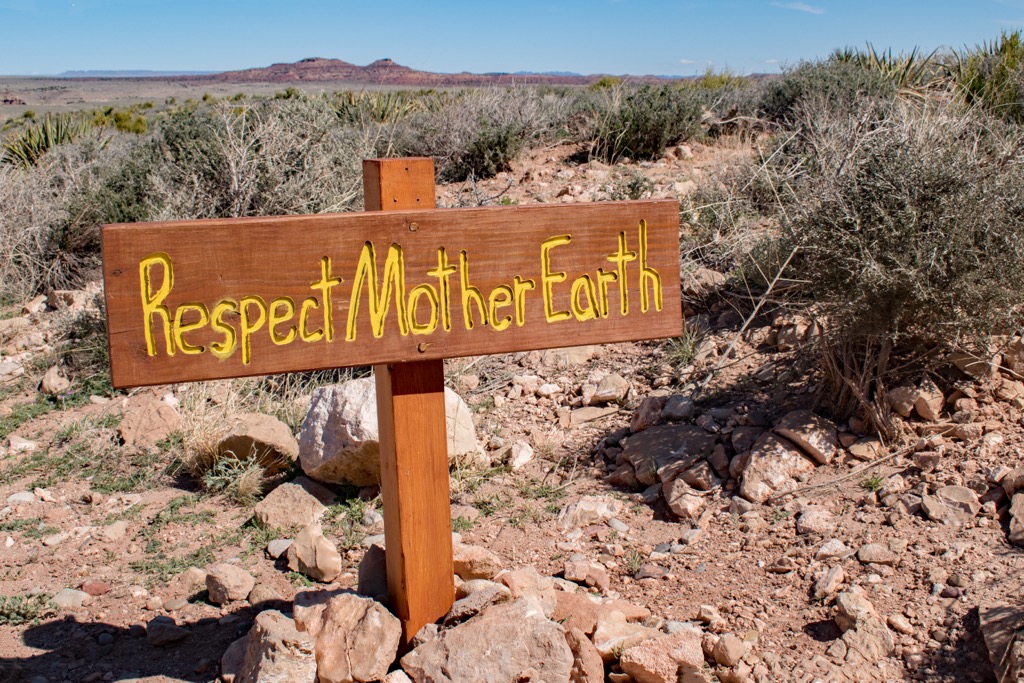
What is Leave No Trace? A Brief History
Leave No Trace is an American system of outdoor ethics dating to the 1960s, which focuses on practices to minimize human impact on the outdoors due to outdoor recreation. The term began as a loose slogan among guides, park rangers, and other outdoor enthusiasts in response to overcrowding, littering, and other ecological damage in America’s increasingly popular wilderness spaces.
By the 1970s and 80s, the U.S. National Park Service (NPS), Forest Service (USFS), and Bureau of Land Management (BLM) were training “Wilderness Informational Specialists” to instruct park visitors about how to have minimal impact on the wilderness. In 1987, these departments published a pamphlet entitled “Leave No Trace Land Ethics” detailing these principles. The U.S. Fish and Wildlife Service joined them in the LNT initiative a few years later.

The principles laid out in this pamphlet were the catalyst for an eponymous nonprofit—the Leave No Trace Center for Outdoor Ethics—founded in 1994 with help from NOLS (National Outdoor Leadership School). The nonprofit provides a formal framework for LNT concepts and promotes relevant educational resources, working to build awareness and responsible stewardship for wilderness “through education, research, volunteerism, and partnerships.”
In the years since, organizations worldwide have adopted and promoted Leave No Trace principles, from the Sierra Club and Boy Scouts of America to brands like REI and The North Face to wilderness education programs like Outward Bound. Moreover, the ethic has increasingly become common knowledge among outdoor recreationists throughout the U.S. and the world.

The Seven Principles of Leave No Trace
Plan Ahead and Prepare
Proper planning in advance helps ensure safety, reduce resource damage, and minimize waste. This principle includes understanding and respecting a wilderness area's regulations, evaluating weather forecasts, avoiding high-use seasons, preparing for hazards, emergencies, and extreme weather, and minimizing impact by traveling in small groups.
Repackaging food in reusable containers before a trip is another way to minimize your impact, as this prevents the likelihood of leaving waste behind. (Even if you don’t intend to litter, it’s easy for small pieces of plastic packaging to blow away or become lost in the dark, for example.) It’s also vital to bring proper navigational tools—like a digital or physical map, GPS, compass…or, better yet, the PeakVisor app itself—as this prevents you from wandering off-trail (not to mention getting lost and finding yourself in danger).
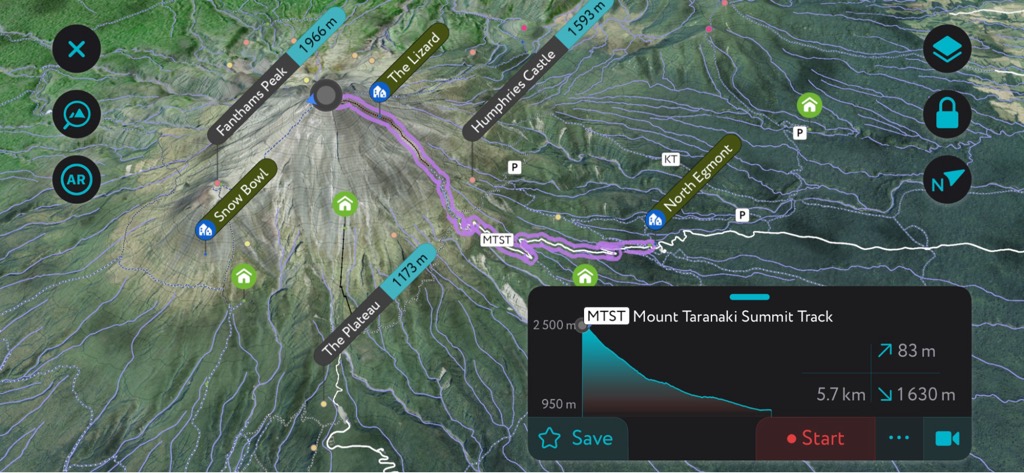
Travel and Camp on Durable Surfaces
The goal here is to reduce damage caused by foot traffic and camping. This principle refers to using existing trails and campsites, camping at least 200 feet (61 m) from bodies of water (lakes, ponds, streams, creeks), and walking single file in the middle of a trail, even when it’s wet or muddy. Also, avoid creating new trails and campsites whenever possible.
NOTE: Rock, gravel, sand, dry grasses, and snow are all examples of durable surfaces, according to LNT.
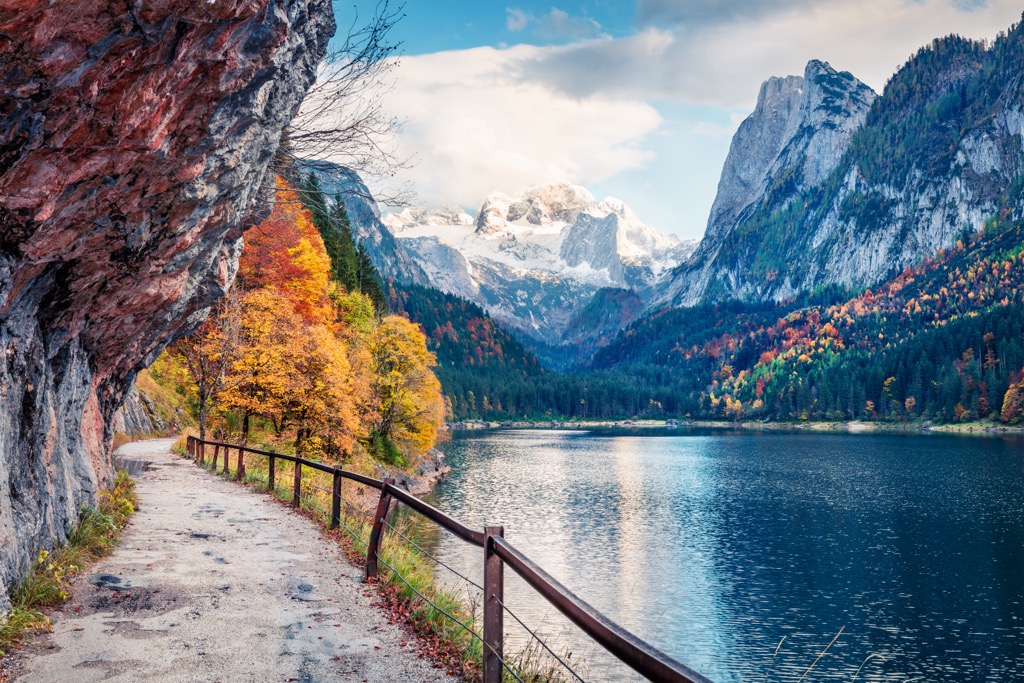
Dispose of Waste Properly
If you pack it in, pack it out. This doesn’t just mean standard “trash” but also leftover food, toilet paper, hygiene products (tampons), and anything else you’ve brought into the wilderness with you, even if it’s marketed as biodegradable.
Use established toilet facilities whenever possible. When unavailable, human waste should be disposed of in catholes dug 6-8 inches (15-20 cm) deep and at least 200 feet (61 m) from water, camp, and trails. When finished, disguise these catholes to minimize visual impact.
Packing out toilet paper and other hygiene products is also essential. Depending on the wilderness area, you may also be required to pack out bodily waste using a “wag bag” or another sanitary disposal device. Wag bags are especially handy for rock climbers, who tend to travel in terrain unsuitable to the unearthing of catholes.
Whenever washing dishes (or yourself), use only small amounts of biodegradable soap. Carry the water 200 feet (61 m) away from lakes, streams, or other bodies of water and scatter it in a wide arc instead of pouring it in one location.
Leave What You Find
This principle encourages preserving the natural and cultural heritage. It consists of not disturbing historical structures and artifacts, leaving natural objects as found, and avoiding the introduction or transport of non-native species. In addition, do not build structures or dig trenches unless in a survival situation. The familiar adage “take only photographs, leave only footprints” refers to this principle.
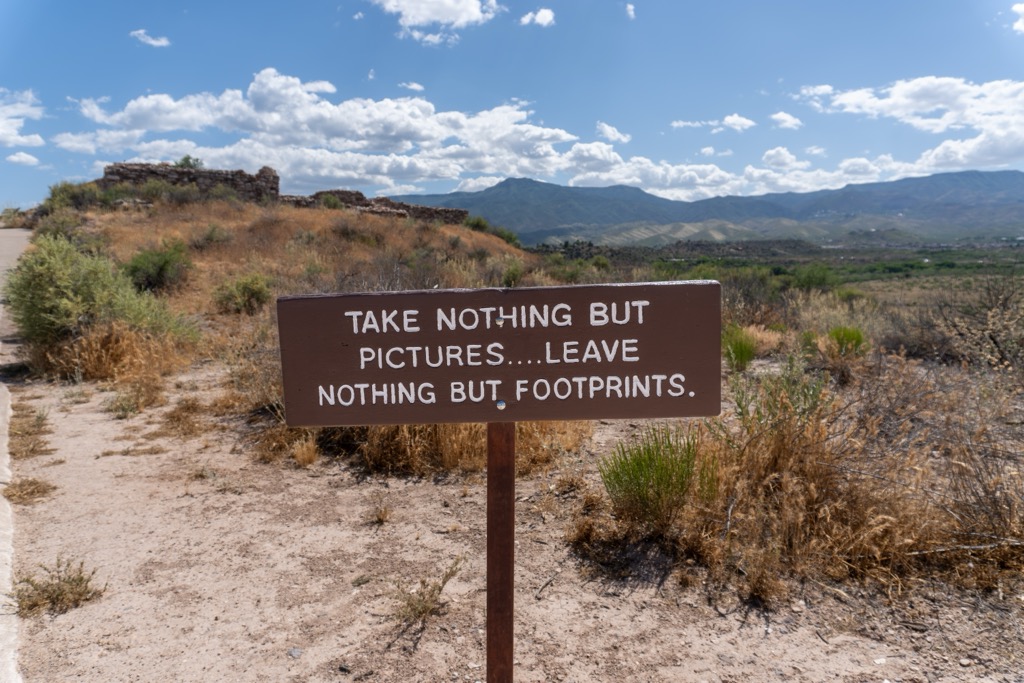
Minimize Campfire Impacts
To lessen the impact of fires, use lightweight stoves for cooking and candle lanterns for light where possible. Where fires are allowed, use established fire rings or a fire pan, and keep fires small, employing only dead wood from the ground that can be broken by hand. (Do not chop branches or limbs off of living trees).
When finished with your fire, ensure you’ve burnt all wood and coals to ash, put out the fire completely—until it is cool to the touch—and then scatter the ashes.
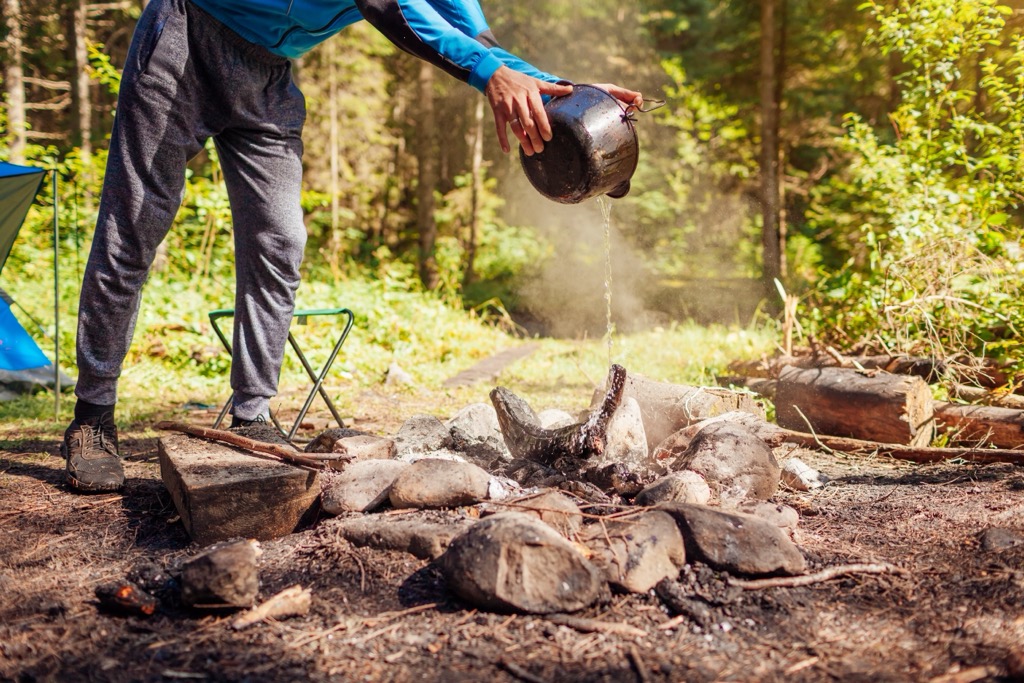
Respect Wildlife
Observing wildlife from a distance is crucial for their protection. Respecting wildlife means never feeding them, following or approaching them, or otherwise disrupting their natural lifecycle. Only bring pets when local regulation allows, and control them at all times. Moreover, avoid disturbing wildlife during sensitive times such as mating, nesting, raising young, or winter hibernation.
It's also essential to store food securely to avoid attracting animals to your campsite. Follow local protocols and use proper methods for the wilderness region you’re visiting, such as animal-proof canisters and lockers or dry sacks hung between trees (also known as “bear bags”). Remember, it’s not just food you must store, but also trash and other smellables (such as toothpaste, deodorant, and sunblock).
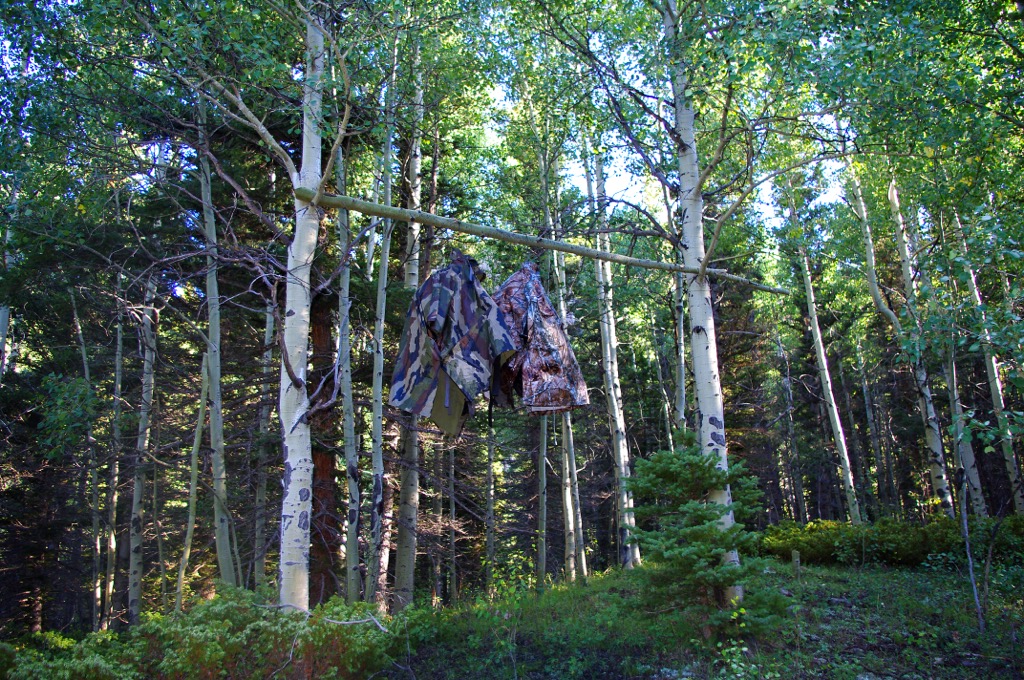
Be Considerate of Other Visitors
It’s not just about the plants, animals, and natural landscape. It’s also about respecting other humans, too. Respecting other visitors enhances everyone's outdoor experience.
This includes being courteous on the trail, avoiding making loud noises and playing music, and giving space to others when you come across them in the wilderness. If a dozen established campsites are available but only two are in use, for example, avoid camping directly next to the other campers.
Why Leave No Trace is Important
There are many reasons why the concepts outlined by “Leave No Trace” are important. Most everyone recognizes that these guidelines help us preserve the natural environment and biodiversity, ensuring that natural areas remain beautiful and unspoiled for future generations, even as outdoor recreation numbers skyrocket. These environmental benefits are more self-evident.
However, as discussed in the seventh LNT principle (Be Considerate of Other Visitors), social and ethical considerations are also at play. Following these guidelines keeps outdoor activities accessible, enjoyable, and safe for everyone. We’ll explore these benefits below.
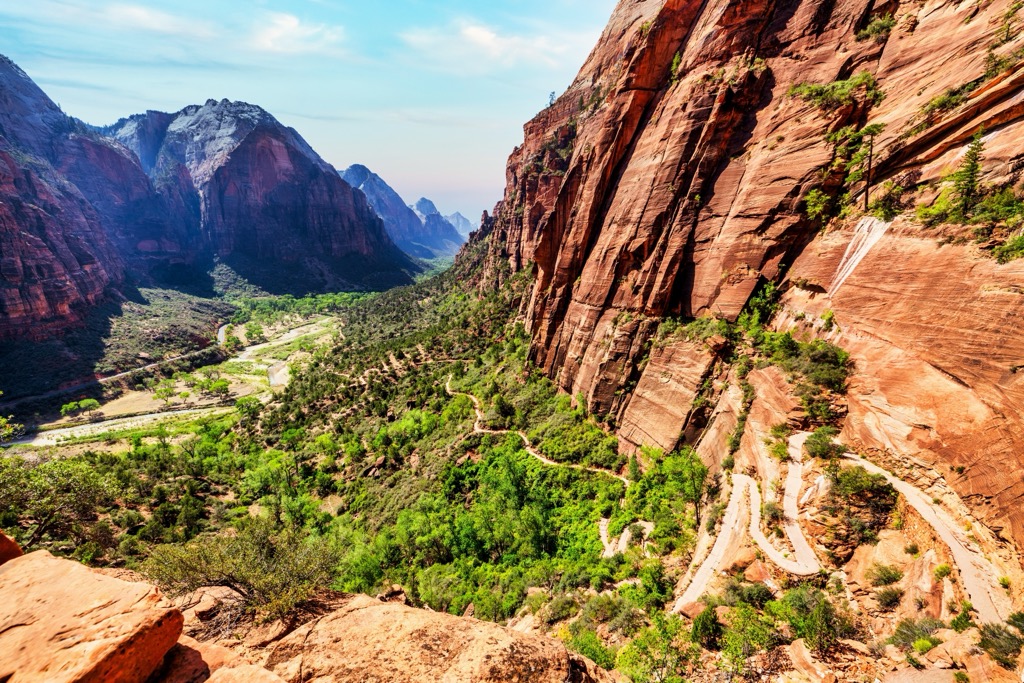
The Environmental Benefits of Leave No Trace
Erosion and Degradation Prevention: Adhering to LNT principles prevents the erosion and degradation of natural environments. By sticking to established trails and campsites and avoiding the creation of new paths or campsites, we minimize our impact on the land, which is crucial for maintaining its natural state.
Wildlife Protection: LNT practices play a significant role in protecting wildlife. Feeding animals or approaching them disrupts their natural behaviors and diet. Interference can lead to dependency on human-provided food, alteration of natural foraging habits, and, potentially, aggressive behavior. Ensuring proper disposal of waste and food scraps is also essential to prevent attracting wildlife to human campsites, which can be harmful to both animals and humans.
Minimizing Pollution and Contamination: Proper disposal of waste, including human waste, is a critical aspect of LNT. Failure to properly dispose of waste can lead to pollution of water sources and natural habitats. Using biodegradable soap and ensuring that all washing activities are done well away from water sources helps to minimize the contamination of streams, lakes, and rivers.
The Social and Ethical Benefits of Leave No Trace
Enhancing Outdoor Experience for Others: Being considerate of other visitors is a key component of LNT. As we discussed above, this includes maintaining low noise levels, respecting other hikers' space, and ensuring that human-made noises do not drown out the natural sounds of the environment.
Preserving Natural Beauty and Integrity: LNT principles encourage leaving natural and historical artifacts undisturbed. By leaving what we find, we ensure these natural items continue contributing to the ecosystem and can be enjoyed by future visitors.
Education and Awareness: LNT principles serve an educational purpose, raising awareness about the impact of human activities on nature. By understanding and practicing these principles, people become more conscious of their actions and potential environmental consequences. Awareness fosters a culture of respect and responsibility towards natural spaces, particularly as outdoor recreation is increasingly popular.
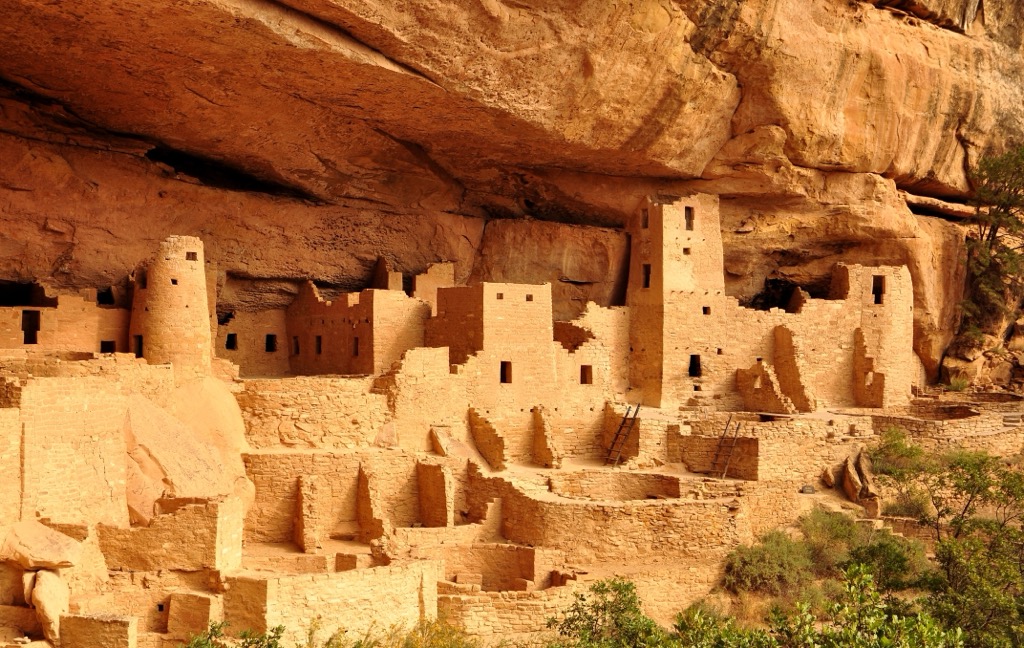
Criticism of Leave No Trace
Leave No Trace is a widely accepted outdoor ethics system with few detractors. However, some argue that it can oversimplify the issue of wilderness preservation and the complexity of ecological interactions, failing to account for regional differences or unique ecosystems.
Other critics maintain that the principles can be interpreted in a way that promotes a view of nature as something separate from humans, leading to an “exclusionist” approach. This perspective can undermine the understanding of humans as part of the natural ecosystem.
In areas already heavily impacted by human activity, some say there are more effective ways to manage the land than strict adherence to Leave No Trace. For example, active management or restoration efforts may be more appropriate. Leave No Trace principles may also fail to consider indigenous practices or traditional land use in specific contexts. For instance, certain activities deemed harmful according to “Leave No Trace” may be part of a longstanding cultural tradition.
Others posit that hyperfocus on minimizing impact leads to restrictions that make access to natural areas more difficult or expensive, potentially limiting opportunities for certain groups to experience nature.

Writing in the journal Ethics, Place and Environment in 2009, academics Gregory Simon and Peter Alagona offered an additional system of ethics in a paper titled “Beyond Leave No Trace.” Their “expanded” system of wilderness ethics similarly includes seven principles, which they saw as more holistic and addressing root causes instead of symptoms. These principles are:
- Educate yourself and others about the places you visit
- Purchase only the equipment and clothing you need
- Take care of the equipment and clothing you have
- Make conscientious food, equipment, and clothing consumption choices
- Minimize waste production
- Reduce energy consumption
- Get involved by conserving and restoring the places you visit
In response to critics of their stance, the pair explained their view that Leave No Trace “could not exist in its current form without a plethora of consumer products” and that “the use of such products does not erase environmental impacts,” adding that furthermore, LNT “systematically obscures these impacts, displacements, and connections by encouraging the false belief that it is possible to leave no trace.”
It’s important to understand, however, that while there are a variety of critics of the Leave No Trace guidelines and frameworks, these criticisms almost exclusively stem from a desire to improve environmental stewardship practices. They typically see LNT as not going far enough (as opposed to going too far) and don’t counter the core philosophy of respecting and preserving natural space.

Conclusion: Learning to Leave No Trace
The Leave No Trace principles, as detailed on the Leave No Trace nonprofit website and echoed by the U.S. National Park Service, offer a comprehensive guide to enjoying the outdoors responsibly. Whether you're a seasoned outdoor enthusiast or a casual visitor, understanding and practicing Leave No Trace will make a significant difference in the fight to conserve nature—mountains, beaches, deserts, jungles, grasslands—for future generations.
While it’s true that some critics argue LNT does not go far enough or that it oversimplifies the issue of wilderness preservation, in general, Leave No Trace is a widely accepted framework of outdoor ethics with almost no detractors. By incorporating these principles into our outdoor lives, we contribute to conserving the natural beauty and integrity of the environment, ensuring that it remains vibrant and accessible for years to come.

